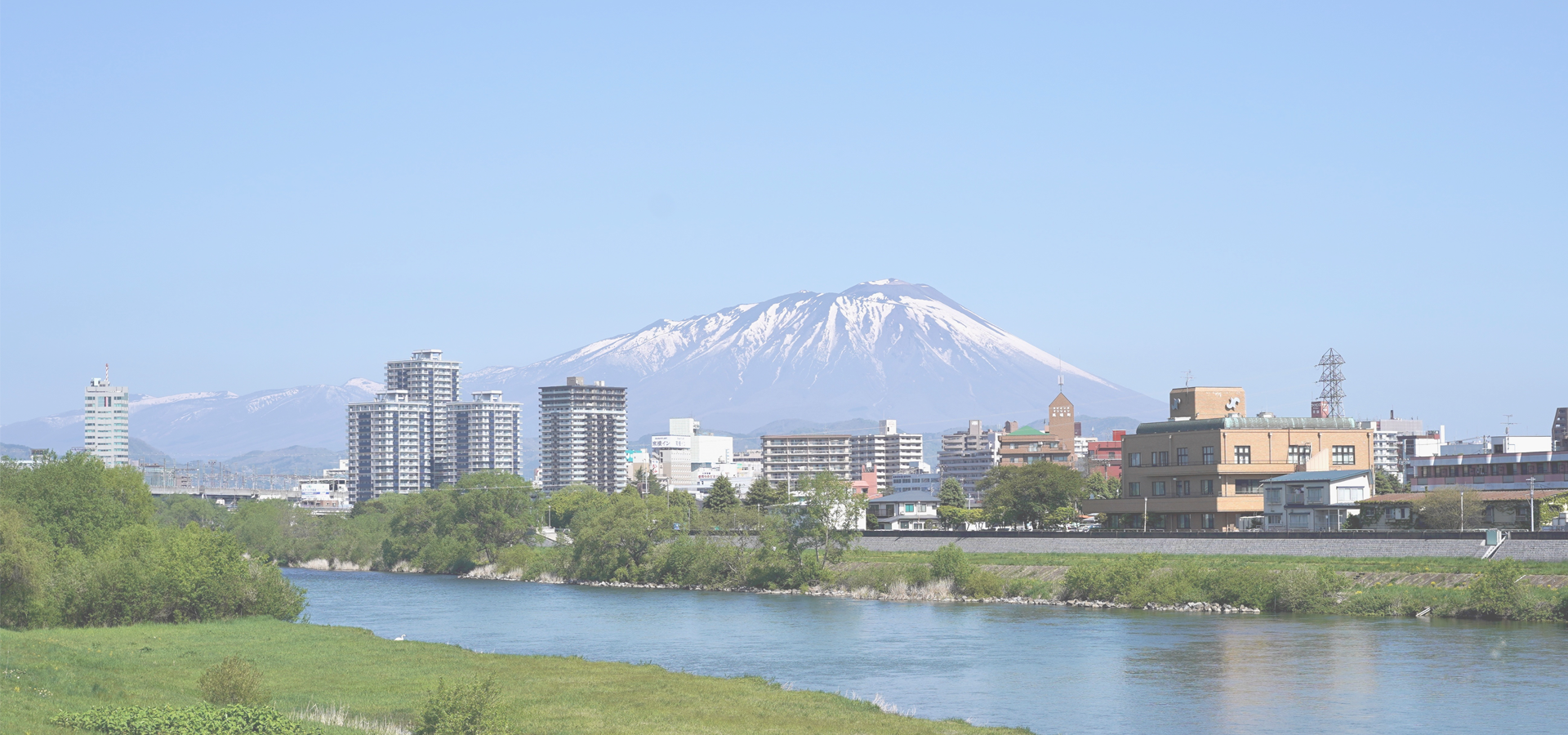Kuji, Iwate Prefecture, Tōhoku Region, Japan
🇯🇵 Kuji is a Japanese city in Iwate Prefecture. The city has an estimated population density of 55 persons per km². The total area of the city is 623.50 square km (240.73 sq mi).
Geography Kuji is in far north-eastern Iwate Prefecture, bordered by the Pacific Ocean to the east. Most of the inland areas of the city are within the Kitakami Mountains. Portions of the coastline of Kuji are within the borders of the Sanriku Fukkō National Park.
Neighboring municipalities Iwate Prefecture • Karumai • Kunohe • Hirono • Noda • Kuzumaki • Iwaizumi.
History The area of present-day Kuji was part of ancient Mutsu Province, and has been settled since at least the Jōmon period. Amber from the area has been found at archaeological sites dating from the Nara period at the site of Heijō-kyō and Fujiwara-kyō. The area came under the control of the central government only after 1070 AD in the mid-Heian period. From the Kamakura period, the area came under the control of the Nanbu clan, and during the Edo period, was part of Hachinohe Domain under the Tokugawa shogunate. The area was noted for its production of ironsand, essential in the production of Japanese swords. These deposits were exploited commercially from the Meiji period, but were exhausted by the 1960s.
In the early Meiji period, the town of Kuji was created within Kita-Kunohe District on April 1, 1889, with the establishment of the modern municipalities system. The area was devastated by a 26 metres (85 ft) tsunami in 1896, which killed 789 inhabitants. Kita-Kunohe District and Minami-Kunohe Districts merged to form Kunohe District on April 1, 1897. In January 1926, much of the town was destroyed by a fire which consumed 224 houses. An even larger fire in April 1945 destroyed 950 houses. The modern city was founded on November 3, 1954, with the merger of the towns of Kuji and Osanai with the villages of Samuraihama, Yamane, Natsui, Ube, and Okawame. In April 1983, a fire destroyed 61 homes in the city.
On March 6, 2006, the village of Yamagata (from Kunohe District), was merged into Kuji.
Kuji suffered extensive damage from the 2011 earthquake and tsunami, with the tsunami reaching 27 metres (89 ft) in some locations, and the tsunami damage extending 4 km (2.5 mi) inland. A total of 444 houses were destroyed, and 410 houses extensively damaged, but there were only four confirmed fatalities, with two residents missing.
Economy The local economy is based on agriculture (primarily spinach) and commercial fishing. The Japan Underground Oil Storage Company operates a 1.67 million kiloliter underground petroleum storage facility in Kuji.
Education Kuji has 15 public elementary schools and ten public middle schools operated by the city government. The Iwate Prefectural Board of Education operates three public high schools, as well as one special education school. There is also one private high school.
Kuji amber Kuji is famous for its deposits of amber, which date from the Late Cretaceous Period. Kuji is the only place in Japan where amber has been found, and noted examples can be viewed at the Kuji Amber Museum.
Ama divers Kuji is known as the northern limit of the Ama, female divers. Ama dive without breathing aids to depths reaching 10 meters, procuring shellfish, seaweed, and pearls. The most acclaimed local catch is uni (sea urchin) and abalone.
Kokuji-yaki Kokujiyaki (小久慈焼), also known as Kuji-yaki is a style of ceramic pottery unique to the Kokuji district of Kuji with a 200-year history.
Kosode Coast Kuji is on the northern reaches of the Sanriku Coastline, and Kosode Coast (小袖海岸) is a portion which is especially noted for its dramatic rock formations and views.
Transport
Transport: Rail East Japan Railway Company (JR East) - Hachinohe Line • Samuraihama - Rikuchū-Natsui - Kuji
Sanriku Railway – Kita-Rias Line • Rikuchū-Ube - Kuji
Transport: Road • Hachinohe-Kuji Expressway • Sanriku-kita Jūkan Road • National Route 45 • National Route 281 • National Route 395
Transport: Sea Port of Kuji
Asia/Tokyo/Iwate

🇷🇺 Yuzhno-Sakhalinsk 142.738
🇵🇬 Mount Hagen 144.22
Locations Near: Kuji 141.767,40.1833
🇯🇵 Hachinohe 141.483,40.5 d: 42.7
🇯🇵 Sannohe 141.25,40.367 d: 48.4
🇯🇵 Oirase 141.383,40.583 d: 55.1
🇯🇵 Miyako 141.946,39.64 d: 62.4
🇯🇵 Morioka 141.15,39.7 d: 75.2
🇯🇵 Hanamaki 141.117,39.383 d: 104.9
🇯🇵 Kitakami 141.124,39.289 d: 113.6
Antipodal to: Kuji -38.233,-40.183
🇨🇱 La Reina -33.45,-33.45 d: 19154.1
🇧🇷 Tubarão -49,-28.467 d: 18382.3
🇧🇷 Criciúma -49.372,-28.678 d: 18380.8
🇧🇷 Rio Grande -52.099,-32.041 d: 18478.3
🇧🇷 Viamão -51.023,-30.088 d: 18402
🇧🇷 São José -48.617,-27.6 d: 18321.9
🇧🇷 Palhoça -48.667,-27.633 d: 18322.5
🇧🇷 Gravataí -50.983,-29.933 d: 18391.8